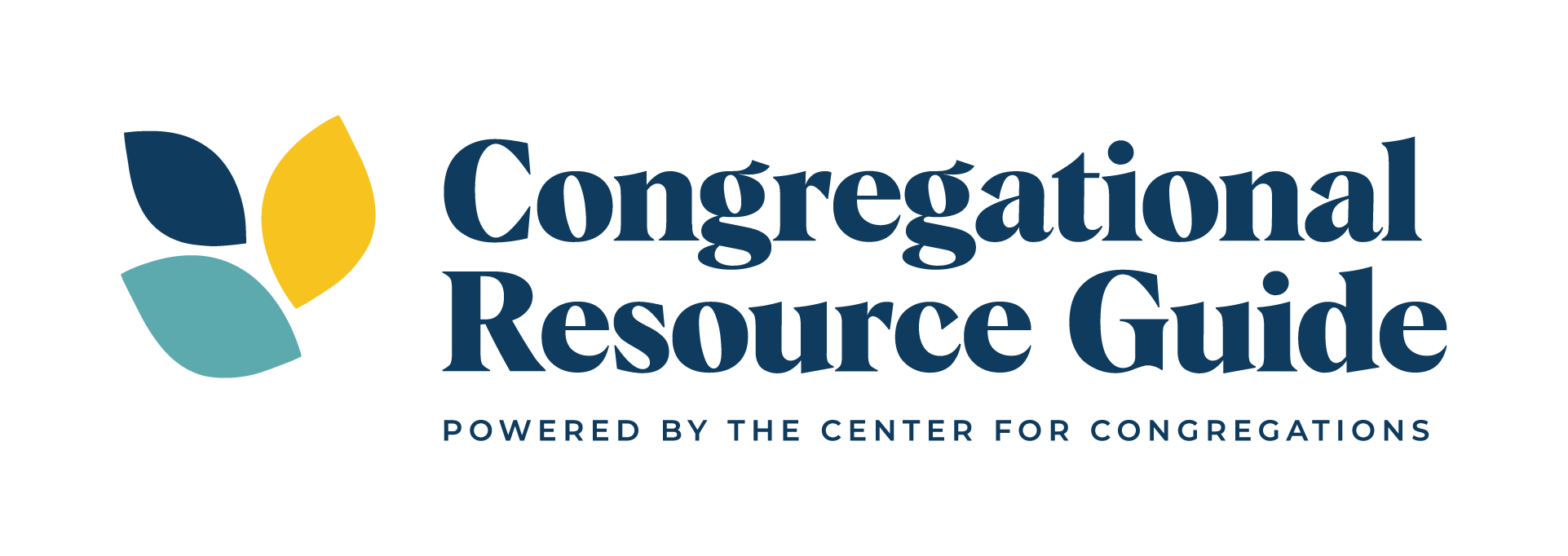Description
This article provides a basic overview of positive deviance, an asset-based approach to problem solving.
Features
explanation of positive deviance, how to implement PD, the four phases of PD, ten criteria for determining if using PD is appropriate for the situation at hand
Practical Applications
- Identify if a problem can be solved through a PD approach using the criteria listed.
- Train facilitators in the PD approach by sharing this article.


